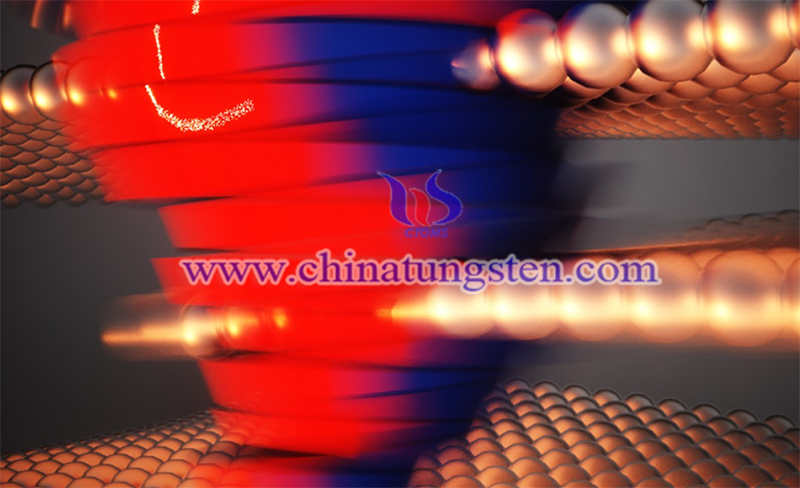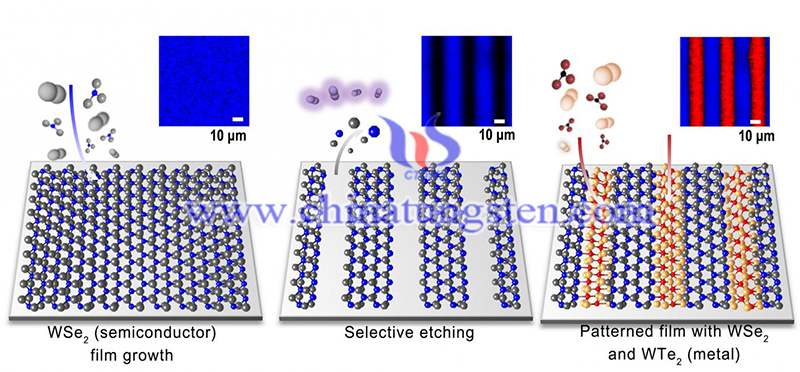2D Tungsten Ditelluride Metal Chip Improves Storage Speed by 100 Times
- Details
- Category: Tungsten's News
- Published on Tuesday, 07 July 2020 16:55
The two-dimensional (2D) metal chip made of tungsten ditelluride increases the storage speed by a hundred times. Is a faster and denser data storage revolution coming? According to a study published recently in Nature Physics, a US joint research team made a 2D metal chip using layered tungsten ditelluride with a thickness of only three atoms! While saving more energy, laying the foundation for the development of next-generation data storage materials.
Today's world produces more data than ever before, and current storage systems approaching the limits of size and storage density, new technologies are sorely needed. Scientists are studying how to store data on laser-etched glass slides, icy molecules, single hydrogen atoms, holographic film, and even DNA.

In this new study, researchers at Stanford University, the University of California, Berkeley, and Texas A&M University experimented with a different method. The new system they developed consisted of tungsten ditelluride, arranged in a stack of ultra-thin layers that are each just three atoms thick. It can replace silicon chips to store data and is denser, smaller, faster, and more energy-efficient.
When a tiny zap of electricity is applied, every second layer shifts a tiny amount compared to the other layers above and below it. It stays in this arrangement until another zap realigns them. Then, data can be encoded in the usual ones and zeroes format based on whether a layer is offset or not. To read the data back, a magnetic field can be used to manipulate the electrons in the layers, determining their positions without moving them.

The team said that the new system has a huge advantage over existing silicon-based data storage systems-it can fill more data into a very small physical space and is very energy-efficient. Besides, the offset occurs so fast that the data writing speed can be 100 times faster than in the prior tech.
At present, the team has applied for a patent for the design. They are also studying ways to improve on it, such as looking for other 2D metal chip materials besides tungsten ditelluride. Researchers said that very slight adjustments to the ultra-thin layer will have a large impact on its functional characteristics, and people can use this knowledge to engineer new and energy-efficient devices towards a sustainable and smart future.
- Tungsten Manufacturer & Supplier, Chinatungsten Online: www.chinatungsten.com
- Tungsten News & Prices of China Tungsten Industry Association: www.ctia.com.cn
- Molybdenum News & Price: news.molybdenum.com.cn
- Tel.: 86 592 5129696; Fax: 86 592 5129797; Email: sales@chinatungsten.com



 sales@chinatungsten.com
sales@chinatungsten.com